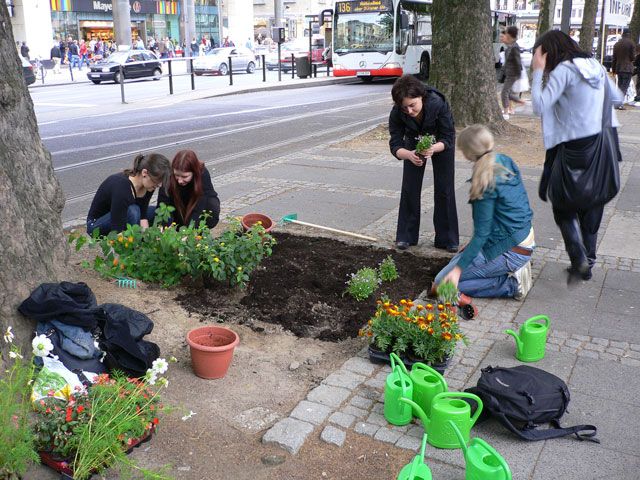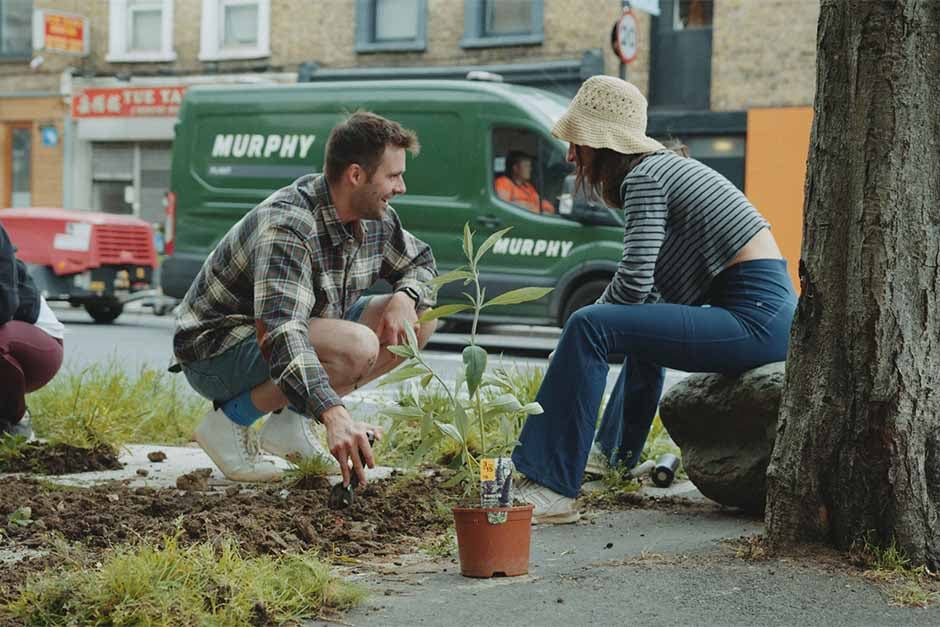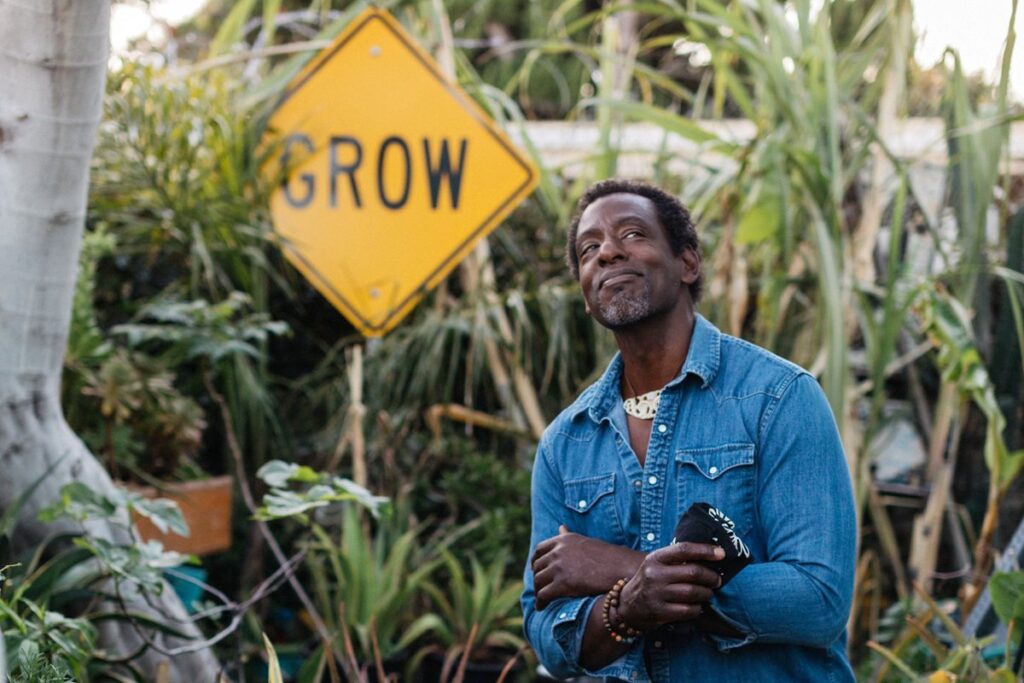Guerilla gardening Guide is important before participating in it. Urban landscapes often face a stark lack of green spaces, leaving communities with limited access to nature. However, an inspiring movement is changing this dynamic—guerilla gardening. This grassroots effort involves cultivating plants on land that gardeners do not have legal rights to, aiming to transform neglected urban areas into vibrant, green havens. In this blog post, we’ll delve into the world of guerilla gardening, exploring its origins, benefits, and how you can get involved.
The Origins of Guerilla Gardening
Guerilla gardening traces its roots back to the 1970s, with Liz Christy and her Green Guerrilla group in New York City. Christy and her team transformed a derelict lot into a community garden, sparking a movement that has since spread worldwide. Today, guerilla gardeners plant everything from flowers to vegetables, reclaiming forgotten spaces and fostering a sense of community and environmental stewardship.

The Benefits of Guerilla Gardening
- Environmental Impact: Guerilla gardening helps combat urban pollution by introducing more plants that can filter air and water. It also promotes biodiversity, creating habitats for pollinators and other wildlife.
- Community Building: These projects often bring neighbors together, fostering a sense of community and collective ownership of public spaces. Shared gardening activities can lead to stronger social bonds and a sense of pride in the neighborhood.
- Aesthetic Improvement: Transforming a neglected lot or roadside into a beautiful garden can significantly improve the visual appeal of an area, making it more inviting for residents and visitors alike.
- Food Security: In some cases, guerilla gardeners focus on planting edible plants, contributing to local food security by providing fresh produce to communities that might lack access to healthy food options.

Getting Started with Guerilla Gardening
Step 1- Identify a Space: Look for neglected or underutilized spaces in your community, such as empty lots, roadside verges, or abandoned flower beds. Ensure the area is safe and accessible for planting.
Step 2- Plan Your Garden: Decide what plants you want to grow. Native plants are often the best choice as they are well-suited to the local climate and require less maintenance. Consider a mix of flowers, herbs, and vegetables.
Step 3- Gather Supplies: You’ll need basic gardening tools, seeds or seedlings, and possibly some compost or soil. Some guerilla gardeners also use seed bombs—balls of soil, clay, and seeds—that can be tossed into hard-to-reach areas.
Step 4- Plant Discreetly: Guerilla gardening often requires a degree of discretion, especially if the land is privately owned. Planting during quieter times, such as early morning or late evening, can help avoid unwanted attention.
Step 5- Maintain the Garden: Regular maintenance is crucial for the success of your guerilla garden. Watering, weeding, and pruning will keep the space thriving. Enlist the help of neighbors to share the workload and ensure the garden’s longevity.
Legal and Ethical Considerations
While guerilla gardening is driven by good intentions, it’s essential to consider the legal and ethical implications. Always respect private property and be aware that some landowners might not appreciate unsolicited gardening efforts. Communicate with local community groups or councils when possible to gauge their support and potentially gain permission for your projects.

Success Stories
Numerous successful guerilla gardening projects exist worldwide. For example, the Pothole Gardener in London transforms potholes into tiny gardens, bringing unexpected joy to pedestrians. In Los Angeles, Ron Finley, known as the “Gangsta Gardener,” has turned vacant lots into thriving urban farms, inspiring a movement towards self-sufficiency and healthy eating.

Join the Movement
Guerilla gardening is a powerful way to make a positive impact on your community and the environment. By reclaiming neglected spaces and turning them into vibrant gardens, you can contribute to a greener, more beautiful world. Whether you’re planting a single flower or transforming an entire lot, every effort counts. So grab your gardening gloves, gather your seeds, and join the guerilla gardening movement today!


